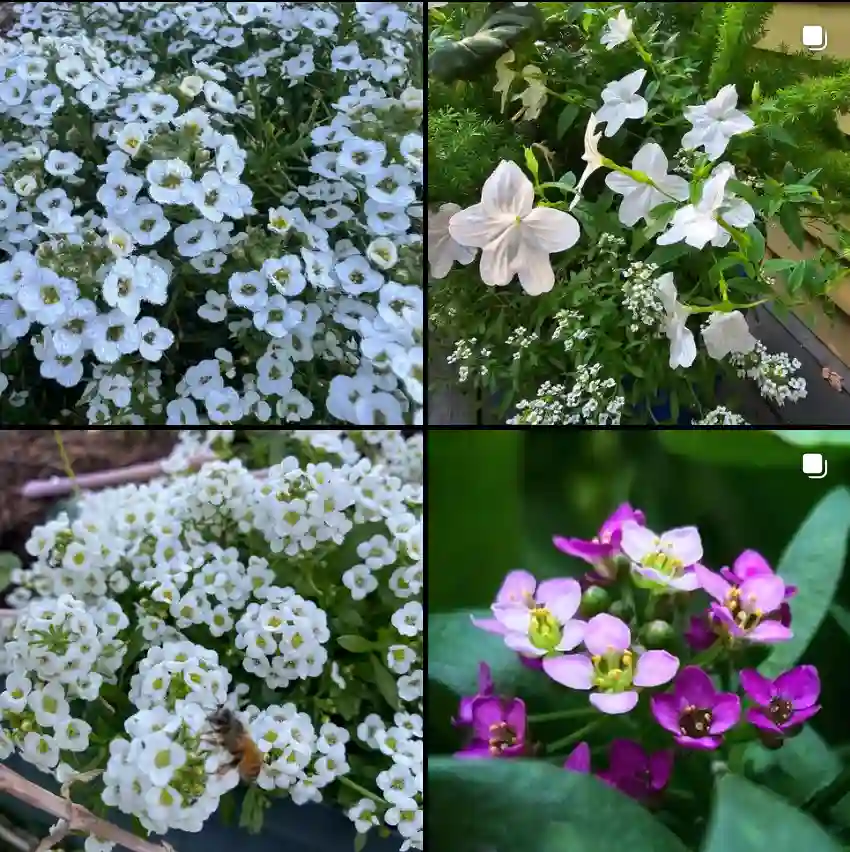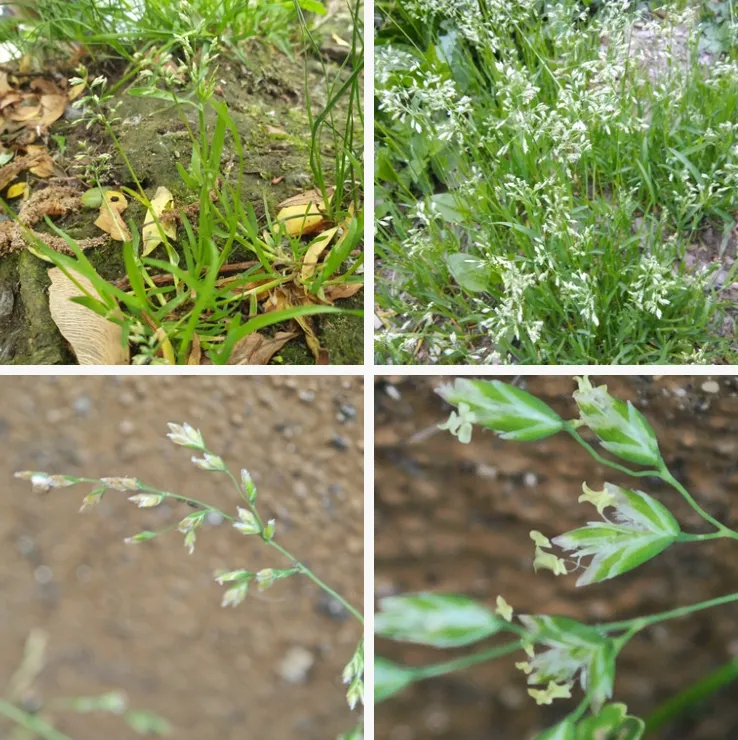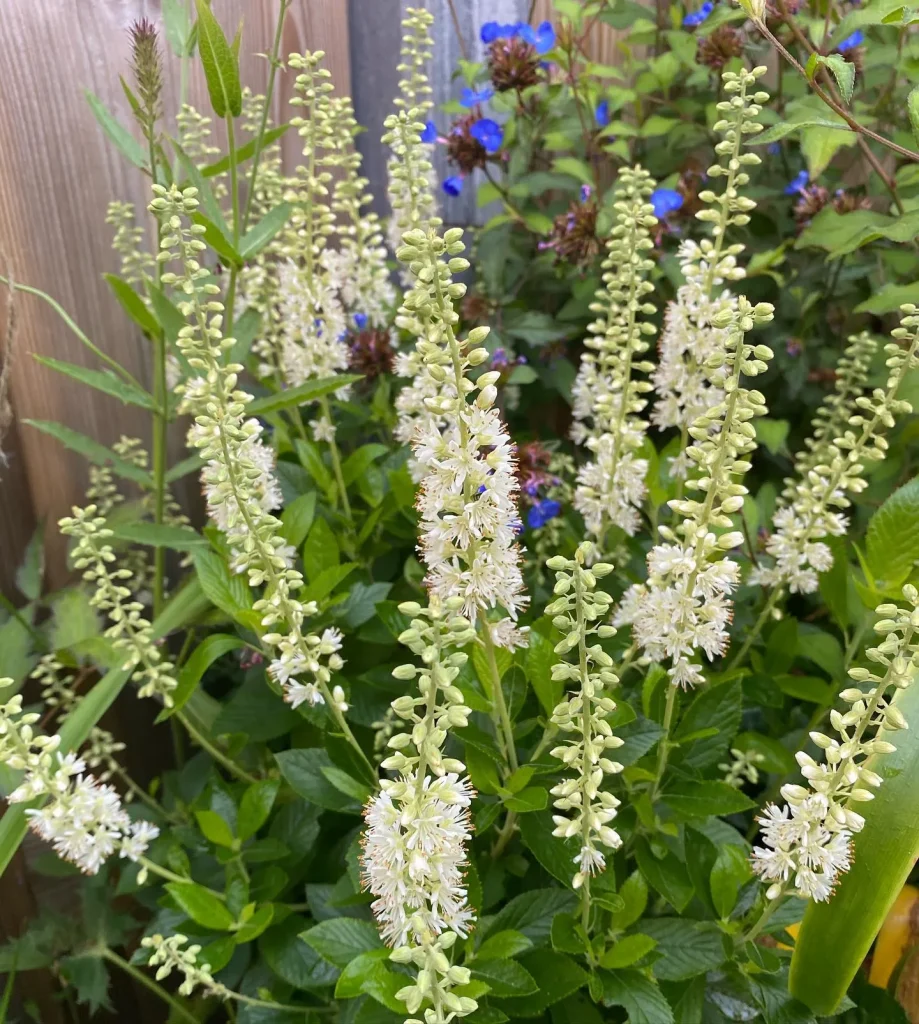The Alluring Orchid Rockrose: My Experience with Cistus Purpureus
As a gardener with a penchant for low-maintenance beauty, I was instantly captivated by the Orchid Rockrose (Cistus purpureus) the moment I saw it. This stunning evergreen shrub boasts an explosion of color with its large, purplish-pink flowers adorned with dark blotches at the base. But beyond its aesthetics, Cistus purpureus offered a surprising level of resilience, thriving in my hot and dry climate. In this article, I’ll share my experience with this delightful plant, including tips on planting, care, and pruning, to help you cultivate your own piece of floral magic.
67 Species in Genus Cistus
What Does Cistus Purpureus Mean?
The name “Cistus” originates from the Greek word “kístē,” which translates to “cistus” or “box.” This likely refers to the resinous qualities found in some Cistus species. “Purpureus” comes from the Latin word “purpura,” meaning “purple,” a fitting description for the vibrant blooms of Cistus purpureus. So, the name essentially translates to “purple rockrose,” perfectly capturing its essence.
When to Plant Cistus Purpureus?
Timing your planting is crucial for the success of Cistus purpureus. Since it thrives in warm weather and dislikes frost, aim to plant it in the spring or early fall after the danger of frost has passed. This allows the plant to establish its roots before the harshness of winter arrives. In warmer climates like mine, fall planting is ideal, as the cooler temperatures provide a gentler transition for the new shrub.
How to Care for Cistus Purpureus?
Cistus purpureus is a dream come true for gardeners who appreciate low-maintenance plants. Here’s what you need to know to keep yours flourishing:
Sunlight: This sun-worshipper needs plenty of direct sunlight, ideally at least 6-8 hours a day. A south-facing location will be perfect for maximizing its sun exposure.
Soil: Well-draining soil is paramount. Cistus purpureus dislikes soggy conditions, so ensure the soil allows water to drain freely. Sandy or rocky soils are ideal, but amending heavier clay soils with sand or compost can improve drainage.
Watering: Once established, Cistus purpureus is quite drought tolerant. Deep watering once or twice a week during hot, dry periods is sufficient. However, during its first year, be more attentive to watering needs, especially during extended dry spells.
Fertilizing: This is not a heavy feeder. A light application of a balanced fertilizer in early spring can be beneficial, but avoid overfertilizing, which can encourage excessive foliage growth at the expense of flowers.
How to Prune Cistus Purpureus?
While not strictly necessary, pruning Cistus purpureus can encourage bushier growth and promote more blooms. The ideal time to prune is after the flowering period has ended, typically in late spring or early summer.
Here’s a simple approach to pruning:
- Remove any dead, diseased, or damaged branches.
- For shaping and promoting bushier growth, lightly prune the top third of the shrub.
- Avoid drastic pruning, as Cistus purpureus flowers on old wood.
Additional Tips for Success
- Mulching: Apply a layer of mulch around the base of the plant to retain moisture, suppress weeds, and regulate soil temperature.
- Deadheading: Removing spent flowers encourages further blooming throughout the season. Simply pinch off the wilted blooms at the base.
- Winter Protection: If you live in a climate with occasional freezes, you can provide some winter protection by covering the plant with burlap or frost cloth during particularly cold spells.
What to Plant with Cistus Purpureus?
Cistus purpureus pairs beautifully with other Mediterranean plants that share similar sun and drainage requirements. Here are some ideas:
- Lavender (Lavandula spp.)
- Rosemary (Rosmarinus officinalis)
- Sage (Salvia officinalis)
- Nepeta (Nepeta x faassenii)
- Ornamental grasses
By incorporating these tips and suggestions, you can cultivate a thriving Cistus purpureus in your garden. This low-maintenance wonder will reward you with a dazzling display of color year after year, adding a touch of Mediterranean charm to your landscape.
If i die, water my plants!



